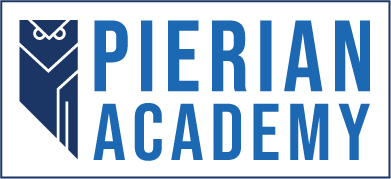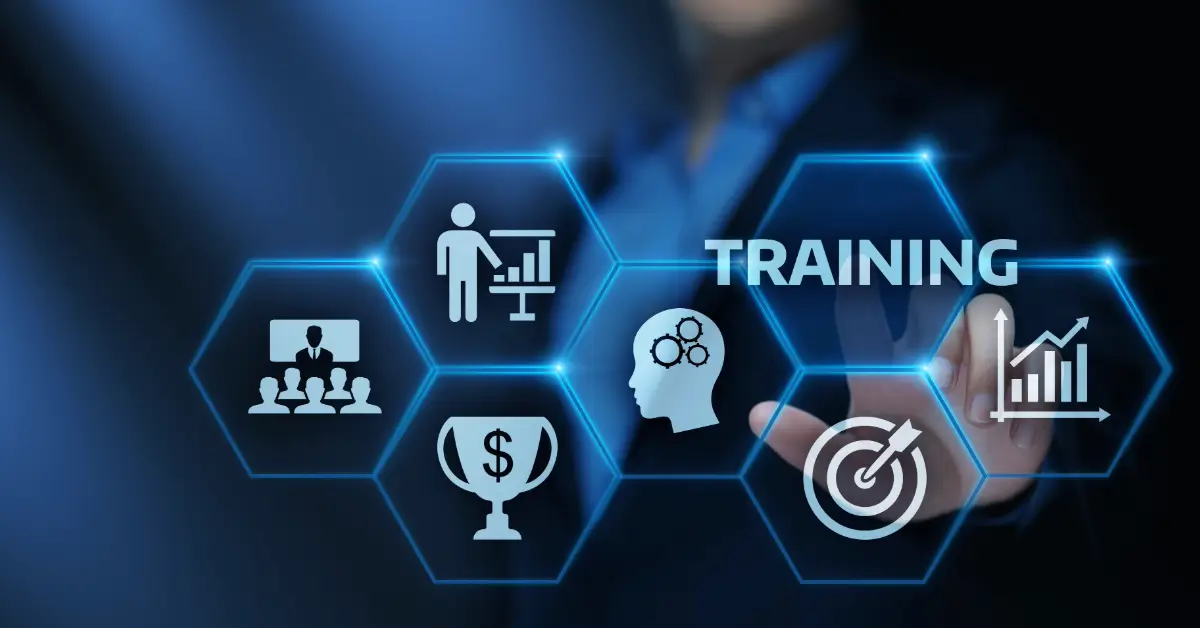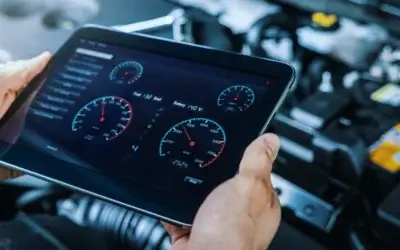Reliability Centered Maintenance (RCM) training gives teams the tools and decision-making skills they need to build smarter, more effective maintenance strategies. RCM is a proven process used worldwide to keep systems performing exactly as their users require—within real-world operating conditions.
In this training, students learn how to spot potential failure modes, understand the impact of each failure, and choose maintenance tasks that prevent or minimize them. They’ll discover how to prioritize critical assets, analyze failure data, and use structured logic to select the most efficient, cost-effective maintenance actions.
From manufacturing to aerospace, defense, and energy, industries rely on RCM to boost performance, cut costs, and lower risk. Completing RCM training equips workers to make data-driven decisions that reduce downtime, extend equipment life, and keep operations running smoothly.
What Does RCM Training Cost?
Every organization considering an RCM course needs to look at both direct and indirect costs.
These are the main areas where investment is required:
- Enrollment fees: These cover instruction, materials, and access to subject matter experts. Some courses also include certification upon completion.
- Time away from work: Employees will spend time learning instead of their usual tasks. This temporary shift can affect short-term output.
- Training tools and software: In some cases, companies need special software for RCM analysis or simulation, which can carry licensing fees.
- Internal support resources: Teams may need additional planning or coordination to support learners, such as assigning mentors or supervisors.
- Travel and logistics: If the training is held in person, there may be added expenses for transportation, lodging, and meals.
- IT infrastructure for online training: Virtual courses often require stable internet access, webcams, headsets, and secure platforms.
Although these costs can vary depending on the scope of the training, they are predictable and controllable. Most organizations recoup these costs quickly through operational improvements.
Benefits That RCM Training Delivers
The primary benefits of RCM training go beyond knowledge. They show up in daily operations.
These benefits are visible, measurable, and tied directly to improved performance:
- Reduced reactive maintenance: After training, teams use proactive methods rather than reacting to equipment failures. This leads to fewer breakdowns and emergency repairs.
- Improved asset availability: When assets are maintained using RCM principles, they stay operational longer and more consistently.
- Increased equipment life: Well-maintained equipment lasts longer, reducing the need for early replacements.
- Better use of maintenance resources: Time, tools, and people are allocated more effectively, improving maintenance efficiency.
- Fewer workplace incidents: RCM identifies failure modes that affect safety. By reducing these failures, organizations also reduce risk and liability.
- Improved audit and compliance results: Documentation and logic-based decisions help companies meet regulatory or customer requirements more easily.
The impact of Reliability Centered Maintenance Training becomes more apparent over time. When teams apply RCM in real work settings, the return on training investment grows every year.
How to Get the Most from Your RCM Training
To gain full value from an RCM course, the organization must do more than send employees to a class. It must support them with the right tools, time, and environment.
Here are ways to increase training success:
- Select a trusted training provider: Choose a provider with experience, industry recognition, and instructors who have applied RCM in real systems. Pierian Academy offers globally recognized RCM training based on proven methods.
- Prepare teams in advance: Give learners a clear goal. Help them understand how the training connects to their daily responsibilities.
- Use real equipment examples: During the course, apply the learning to actual equipment from the organization. This helps make training more practical and immediately useful.
- Promote leadership involvement: Managers and supervisors should support the training by participating, asking questions, and reinforcing the methods taught.
- Apply RCM immediately: Don’t wait. Encourage teams to use their new skills right after completing the course. This helps reinforce retention and impact.
- Follow up with reviews or workshops: Offer refreshers, feedback sessions, or project reviews to strengthen learning and ensure it becomes part of regular operations.
With the right structure, an RCM course can lead to permanent improvements in how maintenance is managed and how assets perform.
Conclusion
Implementing an RCM course is a smart investment for any organization that relies on critical assets. While the costs are clear and measurable, the long-term benefits—such as increased uptime, lower repair costs, and safer operations—far outweigh the initial outlay.
RCM training improves how maintenance decisions are made. It turns reactive teams into proactive teams. It helps organizations build systems that support performance and reliability, even under changing workloads or production schedules.
Ready to move from reactive to proactive maintenance? Enroll in an RCM course today and start building more reliable, cost-efficient, and safer operations for your organization.




